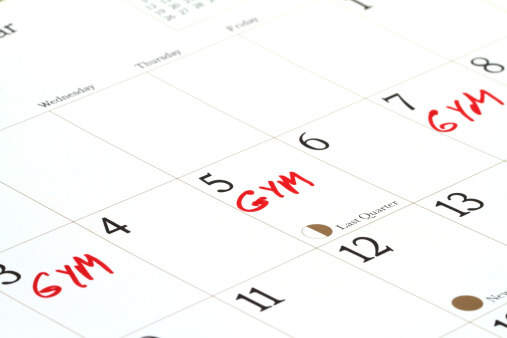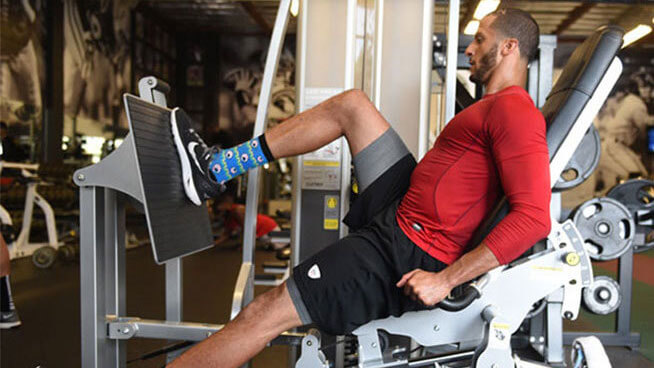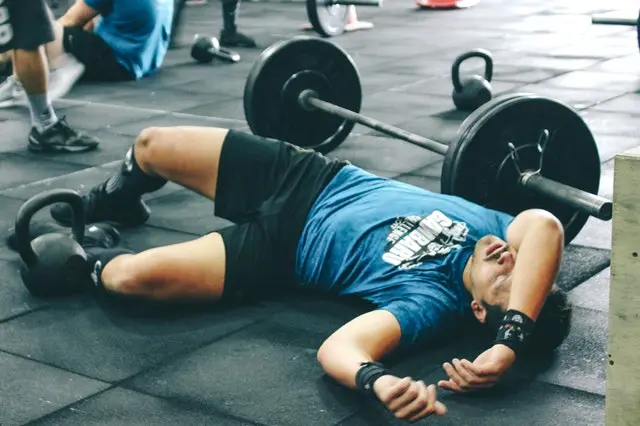
Strength training is crucial for athletes of all levels. Whether you’re playing at an elite level or just running around in the twos, some amount of gym training is essential. Often, we hear from our athletes that they prefer to avoid leg weights during the season, often due to the fatiguing nature of these workouts and the difficulties of fitting them into a busy schedule that includes work, family, training, and playing. However, this avoidance means local athletes are missing out on the important benefits of strength training at the exact time they need it most.
Building lower limb strength is important as it not only helps to improve on-field performance but also reduces the risk of injury. However, these benefits are diminished and even lost when the important strength and adaptive gains earned throughout the off-season and pre-season aren’t maintained during the season itself. And while it is true that balancing leg weight training with in-season training and playing loads can be difficult, it is more than achievable with a little planning.

The key to continuing leg weights in-season comes down to both prescription and timing.
Timing:
- Ideally don’t do your leg weights sessions before your running sessions if completing them on the same day
- Either train leg weights after your usual training sessions, or on your nights/days off from training
- Avoid legs weights 48 hours before a match
For example, if you have training on a Tuesday and Thursday night and play games on a Saturday, you might do your leg weights on a Monday and Wednesday.

Prescription:
- The key to getting prescription levels right is differentiating between training max strength versus training hypertrophy
- Hypertrophy is where the aim of weight training is to improve muscle size and mass; the muscle is exposed to repeated loads with the aim of stressing the muscle, causing micro trauma and subsequent adaptation through recovery, and thus larger muscles
- Typically, hypertrophy is achieved with 4-6 sets of 8-12 reps at 70-85% of one repetition maximum (1RM: the max weight that can be lifted for one rep)
- Max strength training is an alternative to hypertrophy training, where the aim is to increase neuromuscular recruitment of muscle fibres; in layman’s terms this means that the more we practice a movement with focus under load (e.g. performing a squat), the better our brain gets at recruiting all of the fibres needed for a muscle to produce the force we need to perform that task
- Max strength training prescriptions sit around 4-6 sets of 5 or less reps at >85% 1RM
- Think of hypertrophy as aiming to make your muscles bigger (because size does matter for some aspects of performance) while max strength training is aiming to improve the effectiveness of your muscles

But why is max strength training preferred for in-season weight training? The simple answer is that lower reps mean less metabolic stress (e.g. less muscle damage and fatigue). You can recover faster from training in max strength dosage zones as your body is not exposed to the same level of tissue trauma and adaptation responses that hypertrophy ranges create.
The key to in-season leg weights follows as such: heavy weight + low reps = less fatigue and less muscle stress, which therefore = faster recovery

So, keep your leg days as a vital part of your gym program during the season, and save the 8-12 rep ranges for the offseason instead where you’ve got more time to recover. Before you decide to drop your leg days during the season just remember that when it comes to injury prevention and improved performance getting in the gym quite literally outweighs avoidance.

